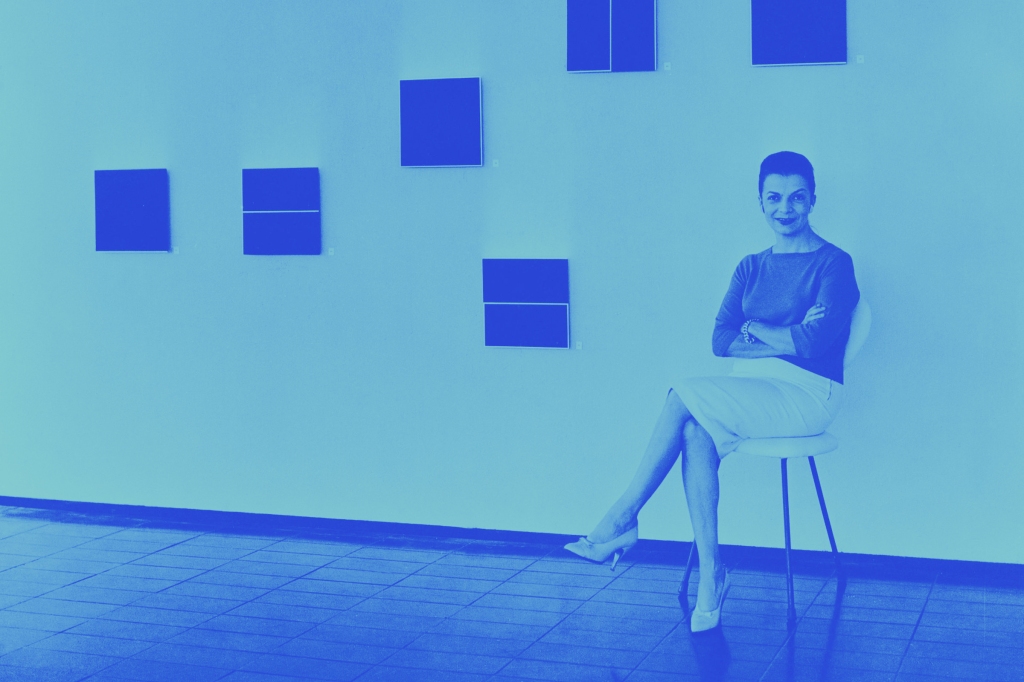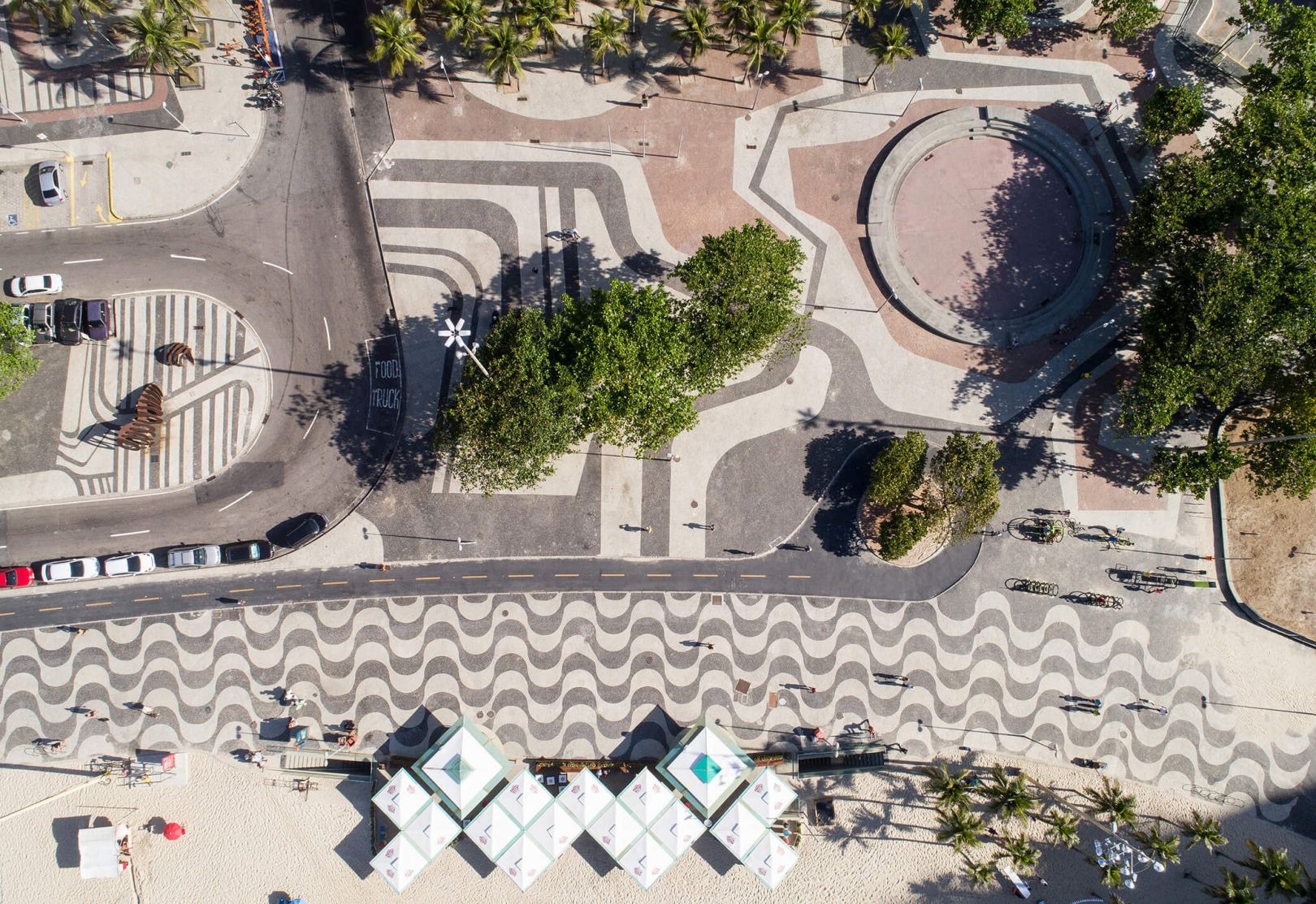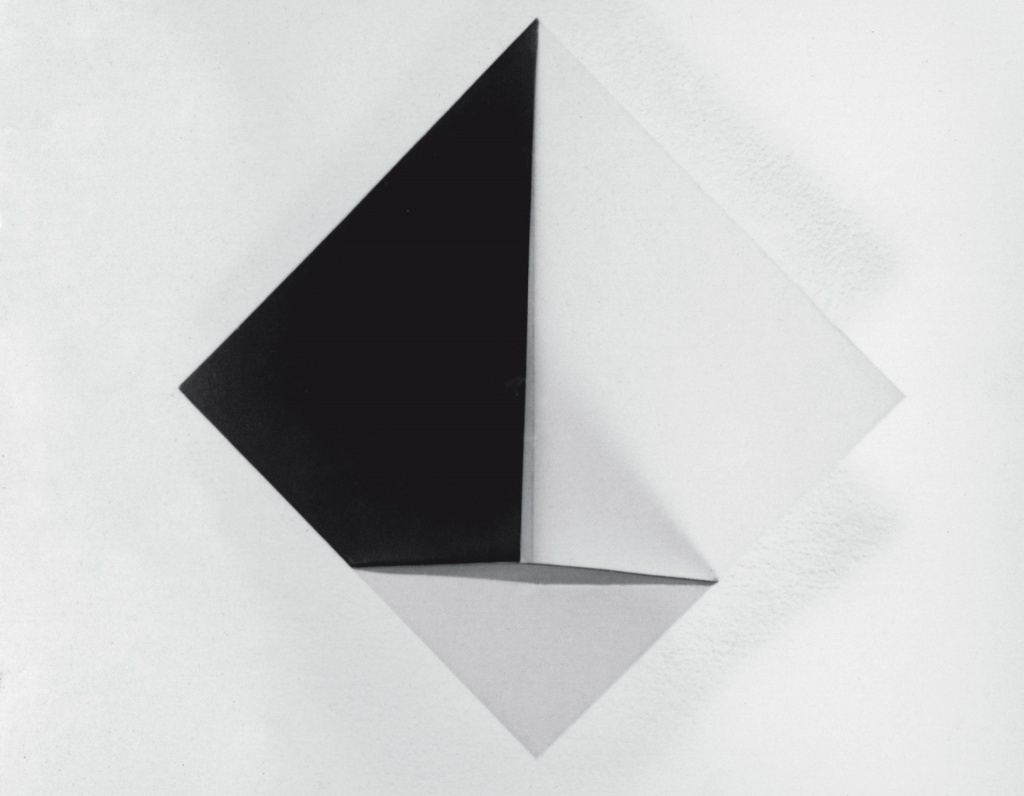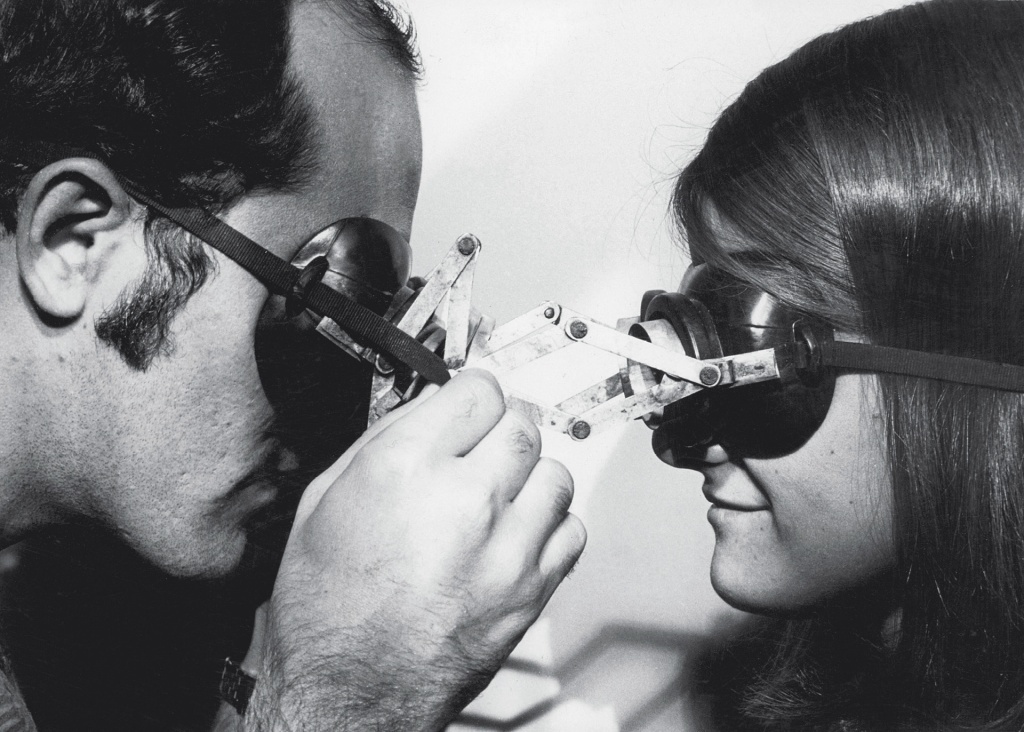Lygia Clark: A Pioneer of Brazilian Art
I always thought it was fabulous to have given something of my art for
Lygia Clark
someone to express themselves….
Lygia Clark (1920–1988) was a Brazilian artist whose innovative work transformed the landscape of modern art. A key figure in the Neo-Concrete Movement, Clark challenged conventional artistic practices and blazed a trail for future generations. Through her multi-faceted career, Clark’s art evolved significantly, encompassing a wide range of media and techniques. Despite facing personal and political challenges, she remained committed to exploring new ways to engage the viewer, ultimately revolutionizing the role of the spectator in the art world.

Early Life and Education
Lygia Pimentel Lins, later known as Lygia Clark, was born in Belo Horizonte, Brazil, on October 23, 1920. Although she grew up in a traditional family, Clark’s artistic inclinations emerged early. In 1947, she moved to Rio de Janeiro to study under Brazilian landscape architect and painter Roberto Burle Marx. The following year, she continued her education in Paris, where she was exposed to European modernism and studied under influential artists such as Fernand Léger and Árpád Szenes.



Fig 2. Calçadão Rio de Janeiro (Sidewalk Rio de Janeiro), by Architect Roberto Burle Marx
Artistic Beginnings: Geometric Abstraction
Upon her return to Brazil in 1952, Clark began to create abstract geometric paintings. These works, characterized by their stark contrasts and precise lines, exhibited the influence of European modernism. Over time, her paintings evolved to include three-dimensional elements, such as her “Planes in Modulated Surface” series (1957), where the canvas became a sculptural object.

Fig 3. Lygia Clark. Descoberta da linha orgânica (Discovery of the organic line), 1954.
The Neo-Concrete Movement
In 1959, Clark, along with fellow Brazilian artists like Hélio Oiticica and Amilcar de Castro, helped found the Neo-Concrete Movement. The movement sought to break away from the constraints of traditional concrete art by incorporating sensory experiences, emotions, and viewer participation. Clark’s role in this movement marked a turning point in her career, as she shifted her focus to the viewer’s relationship with the artwork.

Bichos(Animals) and Nostalgia of the Body
In the early 1960s, Clark began creating her famous “Bichos” series, which consisted of metal sculptures with hinges that allowed for movement and manipulation. These interactive artworks encouraged the viewer to engage with them physically, effectively breaking down the barrier between art and the audience.
By the late 1960s, Clark’s work had transitioned again, this time exploring the human body and its sensory experiences. Her series “Nostalgia of the Body” included wearable sculptures called “Sensorial Masks” and “Sensorial Gloves,” which prompted the wearer to experience the world through a different perspective. This new direction demonstrated Clark’s commitment to the exploration of human perception and the connection between the physical and the emotional.

Camouflage
In the early 1970s, Clark developed an interest in the concept of camouflage. She began creating pieces that incorporated various materials such as fabric, rubber, and plastic, which were designed to mask the body and blur the line between the individual and the environment. This work aimed to challenge traditional notions of identity and the individual’s place in society.



Therapeutic Art and Relational Objects
As Clark’s career progressed, she became increasingly interested in the therapeutic potential of art. Her work began to focus on creating “relational objects,” which were meant to foster self-awareness and personal growth through interaction. She developed “Strukturierung des Selbst” (Structuring of the Self), a therapeutic process that incorporated these objects and techniques from her previous works.
Through this process, Clark encouraged participants to engage in self-reflection and explore their emotions and sensations, often in a group setting. These therapeutic practices eventually became the primary focus of her work, leading her to retreat from the traditional art world and concentrate on her therapeutic workshops.


Political Struggles and Exile
Clark’s artistic career was not without its challenges. In the late 1960s and early 1970s, Brazil was under a military dictatorship, which led to widespread censorship and repression. Many artists, including Clark, were targeted for their progressive ideas and faced significant obstacles in their work.
In response to these challenges, Clark moved to Paris in 1970, where she continued her therapeutic work and artistic practice in exile. Despite the distance from her home country, she maintained connections with fellow Brazilian artists and intellectuals, including Hélio Oiticica and Lygia Pape.
Legacy
Lygia Clark passed away in Rio de Janeiro on April 25, 1988, leaving behind a transformative body of work that continues to influence contemporary artists today. Her groundbreaking contributions to the Neo-Concrete Movement, her exploration of viewer participation, and her focus on the therapeutic potential of art have solidified her position as a pioneer in the art world.
Clark’s work has been exhibited in numerous galleries and museums worldwide, including the Museum of Modern Art (MoMA) in New York, the Centre Pompidou in Paris, and the Tate Modern in London. In 2013, a major retrospective of her work, “Lygia Clark: The Abandonment of Art, 1948-1988,” was held at MoMA, further cementing her status as a significant figure in the history of modern art.
Conclusion
Lygia Clark’s artistic journey, which spanned over four decades, was marked by constant evolution and a desire to push boundaries. Her commitment to exploring the relationship between the viewer and the artwork, as well as her focus on the emotional and therapeutic aspects of art, set her apart from her contemporaries and established her as a trailblazer. Today, her work continues to inspire artists and serves as a powerful reminder of the potential for art to transcend traditional boundaries and create meaningful connections between people.
Bibliography
Groom, V.H. (2018) Lygia Clark, The Art Story. Fiona Johnstone. Available at: https://www.theartstory.org/artist/clark-lygia/ (Accessed: March 20, 2023).
(2021) YouTube. YouTube. Available at: https://www.youtube.com/watch?v=va0DB9y-Gg0 (Accessed: March 10, 2023).
Nunes, K.R.A. (2020) Um Brinde à Arte de Lygia Clark – E à sua influência na educação, Desafios da Educação (And its influence on education, Challenges of Education). Available at: https://desafiosdaeducacao.com.br/arte-de-lygia-clark/ (Accessed: March 20, 2023).
Lygia Clark Brazilian, 1920–1988 (n.d.) The Museum of Modern Art. Moma. Available at: https://www.moma.org/artists/27445 (Accessed: March 20, 2023).
Pictography
Fig 1. Nunes, K.R.A. (2020) Um Brinde à Arte de Lygia Clark – E à sua influência na educação, Desafios da Educação (And its influence on education, Challenges of Education). Available at: https://desafiosdaeducacao.com.br/arte-de-lygia-clark/ (Accessed: March 20, 2023).
Fig 2. Roberto’s Rio (n.d.) Ground Floor Space. Available at: https://groundfloorspace.com/robertos-rio (Accessed: March 20, 2023).
Fig 3. Clark, L. (n.d.) Descoberta da linha orgânica (Discovery of the organic line), Lygia Clark: The Abandonment of Art, 1948–1988. MOMA. Available at: https://www.moma.org/audio/playlist/181/2427 (Accessed: March 18, 2023).
Fig 4. Lattavo, P. (2021) LYGIA CLARK: 100 ANOS EM 100 OBRAS. o fermento. Available at: https://ofermentorevista.com.br/2021/10/21/lygia-clark-100-anos-em-100-obras/ (Accessed: March 18, 2023).
Fig 5. Lattavo, P. (2021) LYGIA CLARK: 100 ANOS EM 100 OBRAS. o fermento. Available at: https://ofermentorevista.com.br/2021/10/21/lygia-clark-100-anos-em-100-obras/ (Accessed: March 18, 2023).
Fig 6. Clark, L. (n.d) Acervo, Lygia Clark. Lygia Clark. Available at: https://portal.lygiaclark.org.br/obras/190/nao-arte (Accessed: March 20, 2023).
Fig 7. Clark, L. (n.d) Acervo, Lygia Clark. Lygia Clark. Available at: https://portal.lygiaclark.org.br/obras/190/nao-arte (Accessed: March 20, 2023).
Fig 8. Clark, L. (n.d) Acervo, Lygia Clark. Lygia Clark. Available at: https://portal.lygiaclark.org.br/obras/190/nao-arte (Accessed: March 20, 2023).
Fig 9. Clark, L. (n.d)) Linha do tempo (Timeline), Lygia Clark. Available at: https://portal.lygiaclark.org.br/linha-do-tempo (Accessed: March 20, 2023).
